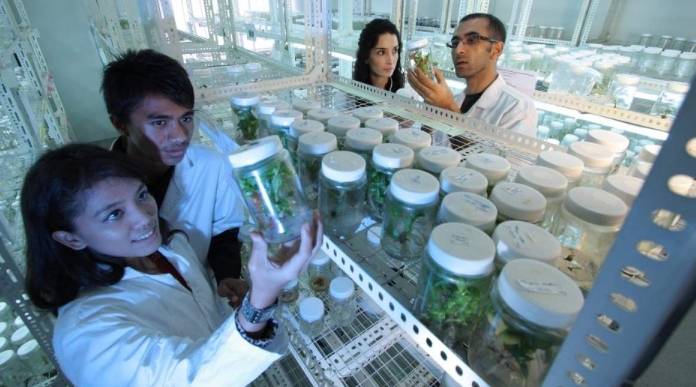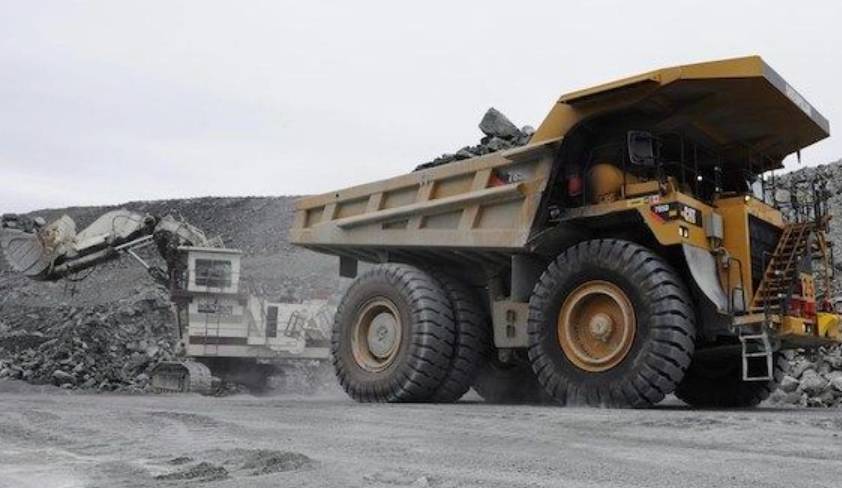
The acronym ESG refers to the management of environmental, social and governance issues of a company. As you can imagine, these are realities that are associated with the stakeholders of an organization: shareholders, employees, customers, suppliers, governments, etc. The living environments of companies are also concerned, and, ultimately, the whole planet, when we talk about the environment.
Many organizations still view ESG efforts as wishful thinking. A recent study by PwC (2022) reveals that 57% of Canadian companies do not disclose their ESG measures, a basic principle when you seriously consider these issues.
Fortunately, other organizations are already integrating ESG governance and management practices into their culture: establishing mechanisms for dialogue with stakeholders, diversity and inclusion policies, work-family balance, responsible business practices, reduction plan greenhouse gases, etc.
ESG principles have often been mentioned to enable companies to become better corporate citizens. Without neglecting this impact, mining companies are now discovering that the same ESG practices will become essential to their survival, nothing less!
The reasoning for arriving at this conclusion is unexpected, but very predictable. It takes three steps:
- The planet is aligned to achieve carbon neutrality by 2050. This is a global consensus shared by the 191 states that signed the Paris Agreement in 2015. Thousands of companies already share this goal.
- The energy transition urgently needs critical minerals.
- These minerals must come from ethical and sustainable sources, therefore from responsible suppliers. I am not exaggerating in thinking that the mining survival guide is largely contained in three letters: ESG.
The urgent need for critical minerals
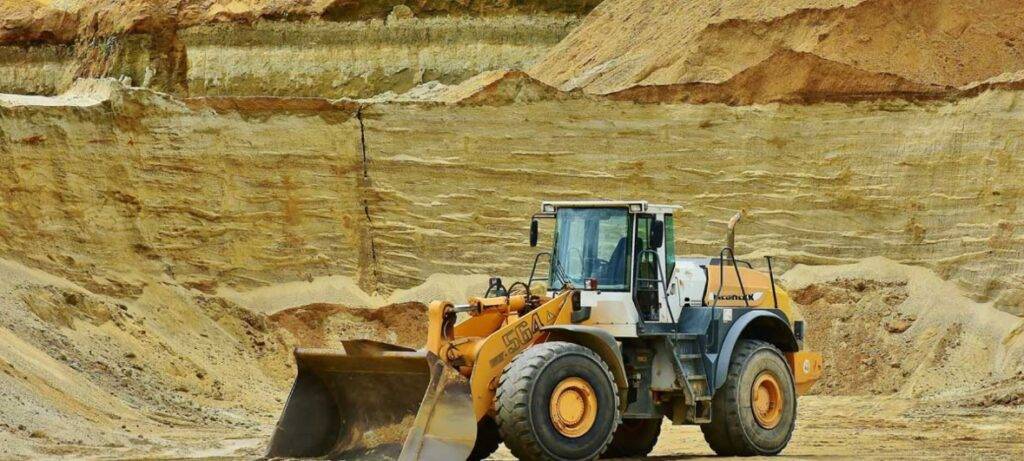
Silicon, rare earths, uranium for low carbon energy. Copper, aluminum and steel for distribution networks. Lithium, nickel and cobalt for car batteries and energy storage. Critical materials are essential to the energy transition.
Many governments now consider them essential.
The 40 largest mining companies in the world (TOP 40) are facing significant production delays. Some are just beginning to take an interest in it, which aggravates the imbalance between supply and demand.
Already, the markets are experiencing supply problems. Last year, copper prices increased by 26%, cobalt by 119% and lithium by 280%. The International Energy Agency (IEA) estimates that annual demand for these minerals will exceed US$400 billion by 2050.
Minerals from ethical and sustainable sources
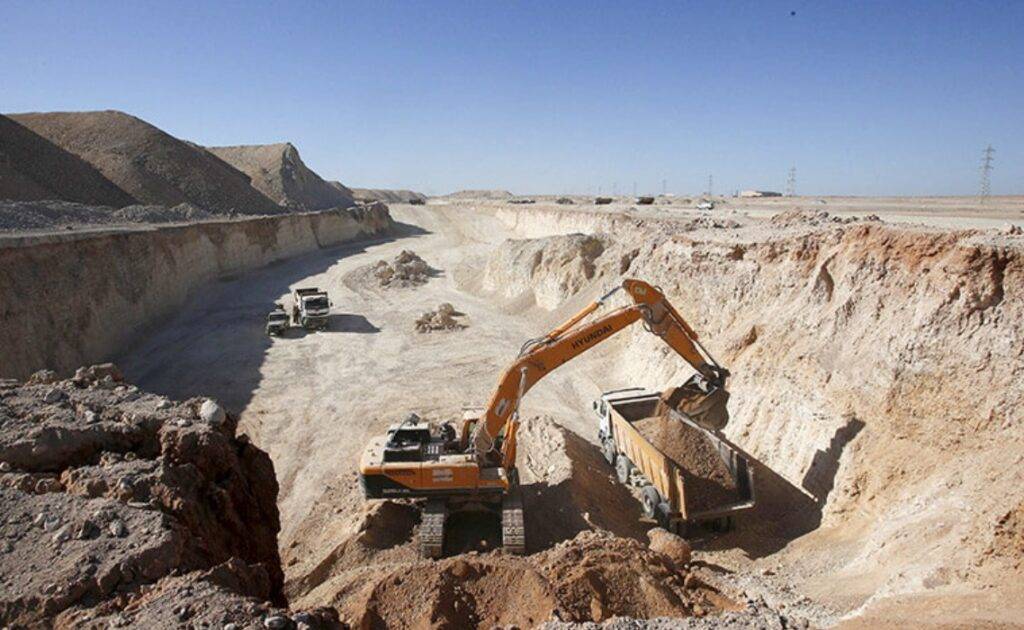
The mining industry has its work cut out for the next 25 years and ESG issues are already looming. Miners will need to operate more responsibly and sustainably. The European Union scrutinizes supply chains from an ethical and sustainable perspective.
The Securities and Exchange Commission (USA) is interested in “greenwashing” (misleading image of ecological responsibility). China is considering requiring improved sustainability reporting. Japan, Malaysia, India, Singapore and the UK are calling for more ESG transparency.
Some companies are answering the call.
Rio Tinto produces carbon-free aluminum for Apple products. BHP Group supplies Toyota with nickel for its low-emission batteries as part of its green strategy. China Shenhua Energy, the largest listed coal company, will spend half of its capital expenditure on clean energy by 2030.
Another aspect of ESG practices: tax transparency and sound governance.
To mitigate the impacts of the COVID-19 pandemic, several governments are revising their tax policies with the aim of collecting taxes from large corporations at their fair value.
The Organization for Economic Co-operation and Development (OECD) has released its two-pillar solution (market jurisdictions and 15% minimum tax), and 137 member countries have endorsed it. Most of the Global Top 40 Miners will be affected by these measures.
These changes to the global tax regime will also affect several regional laws. For example, Nevada in the United States now imposes an excise tax on gold and silver miners to fund education.
Paying ESG criteria
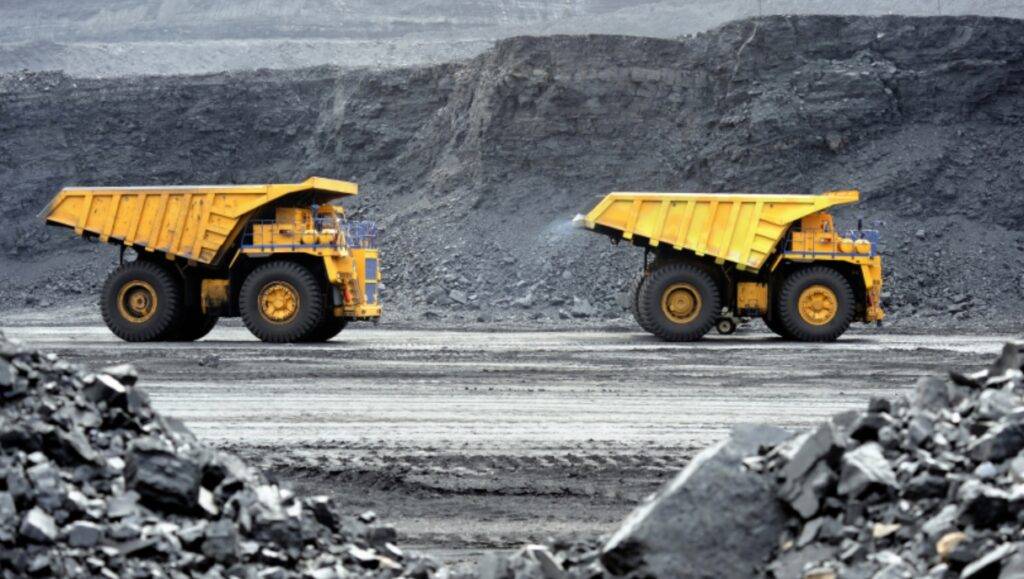
What should encourage mining companies to resolutely take the ESG shift is the profitability of such a decision. S&P Global releases green aluminum index where customers are willing to pay an additional $10-15/tonne for aluminum m sustainable.
On the capital side, banks and investors are cutting ties with companies piloting projects deemed unsustainable or unethical. Conversely, one can access cheaper capital such as green bonds or loans linked to sustainable development.
Fifteen equipment manufacturers have become members of the Initiative for Responsible Mining Assurance (IRMA), including five manufacturers of electric vehicles.
One of them, Volkswagen, writes: “The path to transparent and sustainable supply chains leads directly to the mine. This is why we welcome the establishment of clear rules”.
What more can be said to demonstrate the advantage of ESG practices in the mining industry?

 Exploring the Enigma of ‘Blue Zones’: Global Hotspots for Longevity
Exploring the Enigma of ‘Blue Zones’: Global Hotspots for Longevity  Ethical Considerations in the Development of Future AI Assistants: Insights from Researchers
Ethical Considerations in the Development of Future AI Assistants: Insights from Researchers  AI Revolutionizes Agriculture: Robotics and Lasers Join Forces to Tackle Weeds Across Farmlands
AI Revolutionizes Agriculture: Robotics and Lasers Join Forces to Tackle Weeds Across Farmlands  AI Unveils Groundbreaking Antibiotic Effective Against Superbugs
AI Unveils Groundbreaking Antibiotic Effective Against Superbugs 


